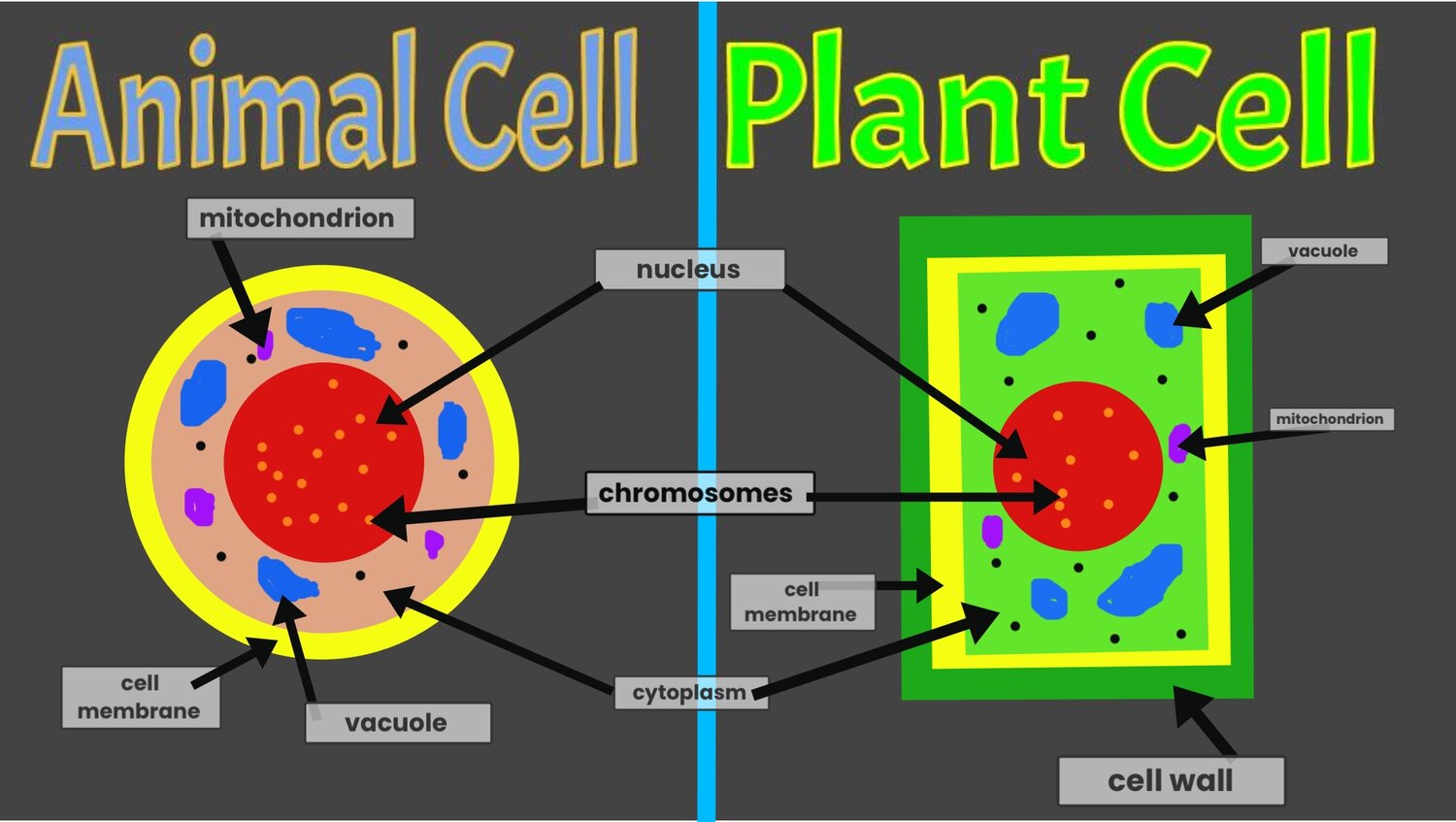Cell Membrane In Plant Cell Or Animal Cell

They comprise of other organelles and cellular structures which carry out specific functions necessary for the cell to function properly.
Cell membrane in plant cell or animal cell. Which best Describes How the function of the Cell Membrane differs in plant and animal Cells A In Animal Cells the cell Membrane is the outermost layer of the cell while in plant cells the cell membrane separates the cell wall from everything inside the the cell The animal cell is made up of several structural organelles enclosed in the plasma membrane that enable it to function properly eliciting mechanisms that benefit the host animal. Yes- in organelle called mitochondrion. In exocytosis vesicles containing lipids and proteins fuse with the cell membrane increasing cell size.
The plant cell can also be. These organelles carry out specific functions that are needed for the normal functioning of the cell. Plant cells have mitochondria but fewer in number.
Animal cells have desmosomes. The plasma membrane serves as the outer boundary to the animal cell. The cell wall guards and maintains the cell shape and provides rigidity to the cell.
It is made up of cellulose and hemicellulose. Unlike the eukaryotic cells of plants and animal cells do not have a cell wall. They also have similar membranes such as cytoskeletal elements and cytosol.
It is a semi-permeable membrane composed of lipids and proteins. A cell membrane works as an enclosure for the internal organelles and protect them. Plant and animal cells are similar in that they are both eukaryotic and have similar types of organelles.
Animal cells have a large number of mitochondria. The animal cell has a membrane-bound nucleus consisting of chromosomes as genetic material. There are different cell organelles found in the animal cell which performs different functions.



















